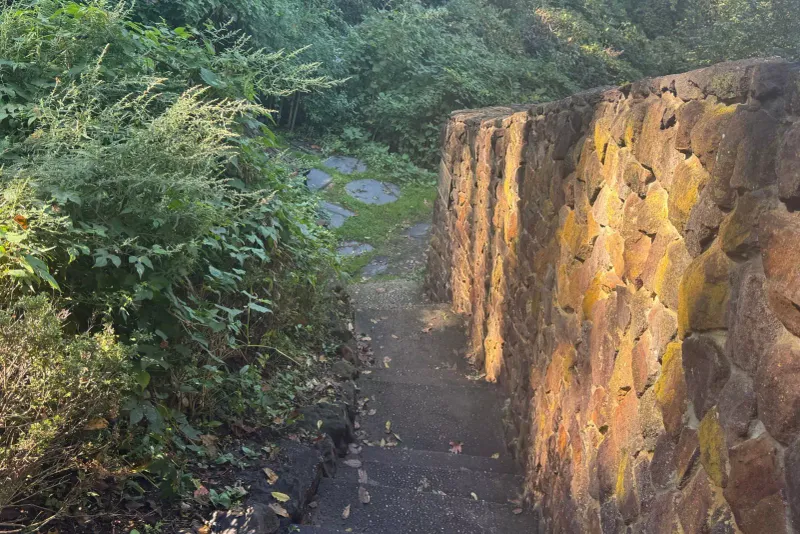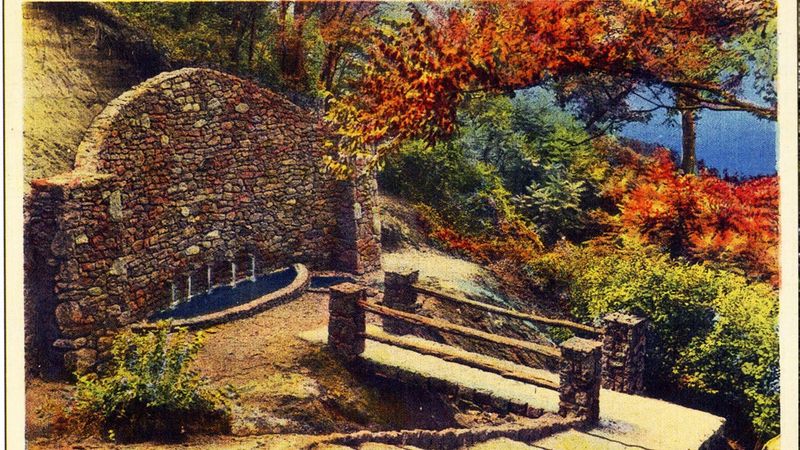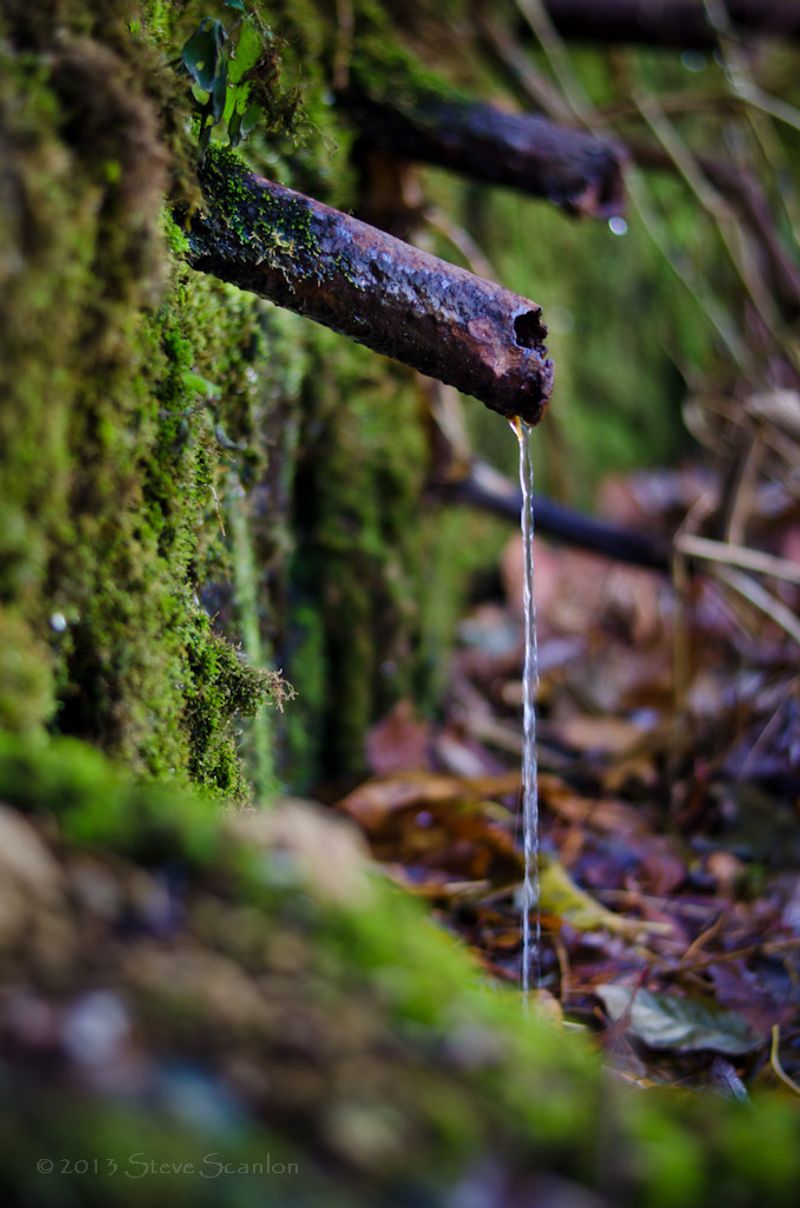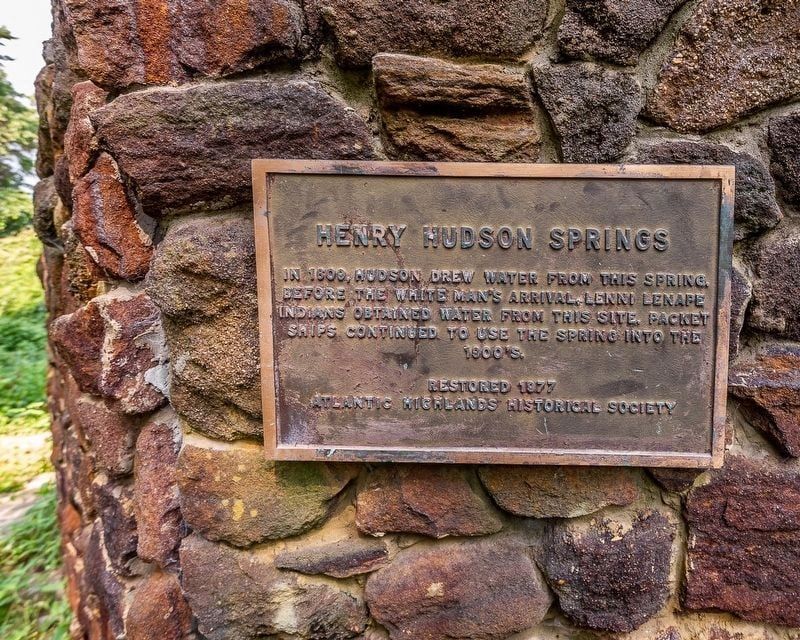Explore The Story Of Henry Hudson Springs Landmark In Atlantic Highlands, New Jersey
In the picturesque landscape of Atlantic Highlands, New Jersey, the Henry Hudson Springs stands as a cherished historic landmark with roots dating back centuries.
This natural water source played a crucial role in the early development of the region, providing fresh water to settlers and travelers alike.
Today, the springs continue to captivate visitors with their historical significance and natural beauty.
Origins and Discovery
Legend has it that the springs were first utilized by Native American tribes long before European settlement.
The Lenape people considered these waters sacred, using them for both drinking and ceremonial purposes.
Henry Hudson, the famed explorer, reportedly discovered these springs during his 1609 voyage aboard the Half Moon.
His crew is said to have replenished their water supplies here, giving the springs their eventual name.
Natural Features and Geological Significance
The springs emerge from an underground aquifer that filters water through layers of ancient rock formations. This natural filtration creates remarkably pure water that has attracted visitors for generations.
Surrounded by lush vegetation, the springs form a small pool before trickling down toward Sandy Hook Bay.
The unique mineral composition gives the water a distinctive taste that early settlers claimed had healing properties.
Historical Role in Community Development
As Atlantic Highlands grew in the 18th and 19th centuries, the springs became a central gathering place. Local residents would collect daily water supplies while exchanging news and socializing.
During the Revolutionary War period, the springs served as a strategic water source for troops moving through the area.
Later, as tourism developed in the late 1800s, the springs became a popular attraction for Victorian-era visitors seeking health benefits.
Preservation Efforts and Modern Status
By the mid-20th century, the springs faced threats from development and environmental changes.
A grassroots movement in the 1970s successfully campaigned to protect this natural treasure as a historical landmark.
Today, the Henry Hudson Springs are maintained by a local conservation trust.
Wooden walkways and informational plaques help visitors appreciate the site while minimizing environmental impact.
Water quality monitoring ensures this resource remains pristine for future generations.
Visitor Experience and Cultural Impact
Visitors today can follow a scenic trail through native woodlands to reach the springs.
Many bring empty bottles to sample the famous water, continuing a tradition that spans centuries.
Annual festivals celebrate the springs’ historical significance, featuring colonial-era reenactments and Native American cultural demonstrations.
Local artists frequently capture the springs’ tranquil beauty in paintings and photography, preserving its visual legacy for generations to come.











